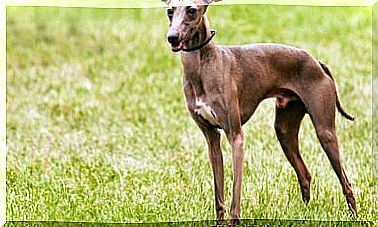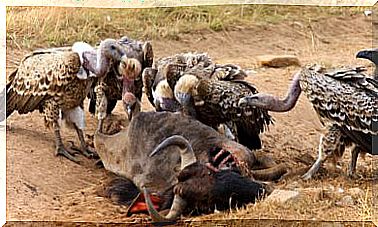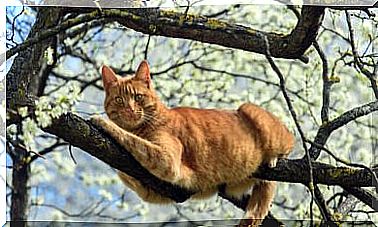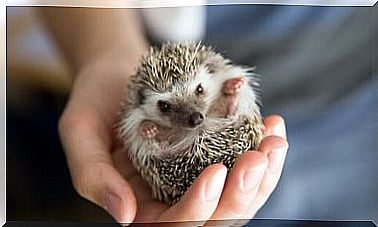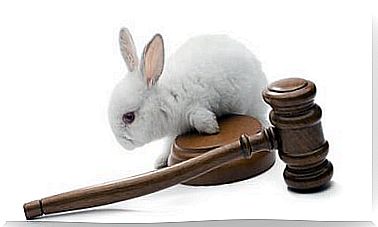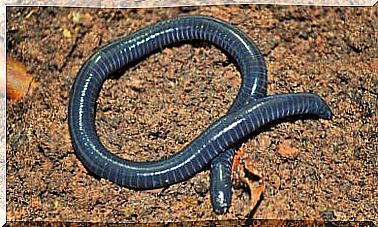What Is An Ecosystem?
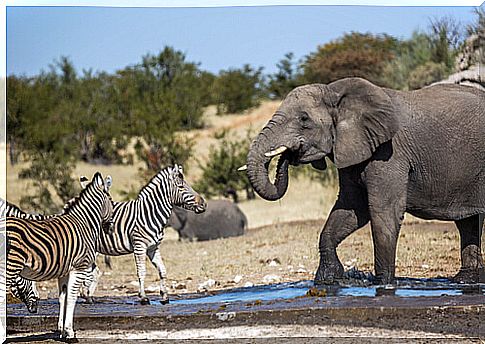
While it is true that we have heard the word in elementary and middle school classrooms, unless we have opted for a career in science, it is unlikely that we will have a fresh and clear definition of what an ecosystem is. To help you, we will review what it is about, among other aspects.
What is an ecosystem?
The word ‘ecosystem’ refers to a set of living beings that relate to each other and give rise to various processes.
Depending on the environment they share and inhabit, their development will be one way or another. Thus, in a simpler way, it could be said that an ecosystem is a set of organisms that share the same habitat.
Now, what makes up an ecosystem? Living or biotic components and non-living or abiotic components. Some examples of living components are: algae, bacteria, plants, fungi, insects, and other animals. While the non-living components come to be: light, shadow, temperature, water, humidity.
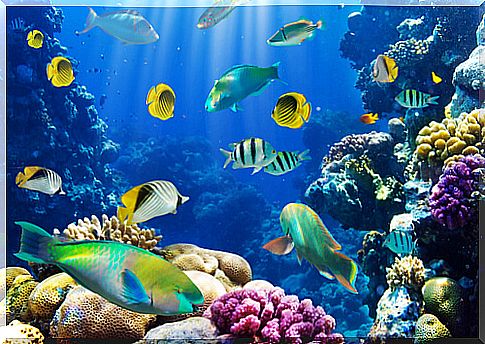
Types of ecosystems
There can be two types of ecosystems: terrestrial and aquatic. Despite the fact that our planet is covered in three quarters by water, which implies that there are many more aquatic ecosystems, for obvious reasons, the best known are terrestrial ones.
Aquatic ecosystems
- Benthic aquatic. They are at the bottom of aquatic ecosystems and in them we could highlight the algae.
- Nectonic aquatic. Those animals that move by themselves through water.
- Plactonic aquatic. It is made up of organisms that float in water, and that, at a given moment, can be dragged by it, but do not have the ability to move by themselves.
- Neustonic aquatic. Those that float on the surface.
Terrestrial ecosystems
- Deserts
- Bed sheets.
- Forests
- Moors and tundras.
Characteristics of an ecosystem
The exchange that occurs between different living beings becomes what characterizes an ecosystem. For example, plants capture solar energy and condense organic matter, both for their own benefit and that of other animals, which in turn can feed on each other.
When animals die, decomposing biotic components enter the scene (better known as bacteria and fungi), which convert the dead remains into nutrients that are used by plants. In this way, a new life cycle begins.
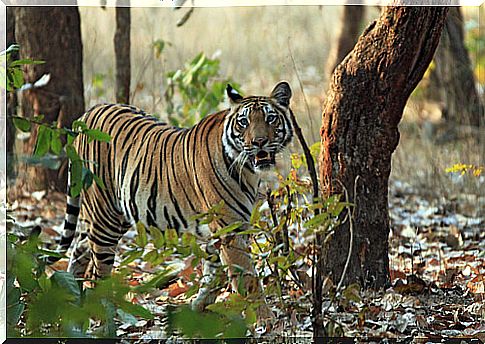
Ecosystem problems
Ecosystems are increasingly deteriorated by human action. Not only because of the threat it poses to the different species but also to the flora and the soil.
When the habitat of living beings is destroyed, life cycles are altered and this generates an imbalance in nature. For this reason, it is necessary that many species have completely disappeared and many others are threatened.
We must not forget that all of us who cohabit the planet, regardless of whether we are human or animal, are necessary for life.
Fires, logging, hunting and fishing devastate many ecosystems that will soon cease to exist. Not to mention the damage caused by climate change, of which we are also guilty, or the contamination of soil and water.
It is not surprising that there are more and more decrees and laws on the preservation of ecosystems, and that those who ignore them are being sanctioned, even with prison.
We must be aware that attacking ecosystems is attacking ourselves by endangering the survival of our own species.
Once the concept of what an ecosystem is clear, we can lead a more conscious and friendly lifestyle with our environment. As is well known, knowledge never occupies too much place.
